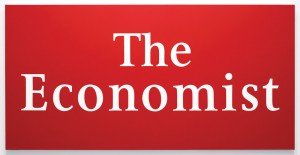In recent posts and in my page about bibliography, I already talked about the following book “the banker’s new clothes”, a book about regulation and leverage which explains why banks are reluctant to decrease their leverage (ratio between the bank own money or equity- “les fonds propres en français” – and the money that the bank has created through loans and money creation). According to this book, the banks are reluctant to get more equity and less leverage because they know that they will be bailed out by states in case of any problem to avoid a financial crisis to become an economic and social crisis like in the late’s 20s.
I noticed an interesting and small article about leverage, fractional reserve lending and reserve ratio requirement. Please enjoy …
The Financial Stability Board, which advises the G20 group of countries, said that the world’s 30 biggest banks should raise up to $1.2 trillion (or $1.200 billions or $1.200.000 millions or more or less the size of the French public budget) in loss-bearing debt on top of their equity capital. By compelling banks to issue debt that can be written down in times of trouble, the goal is to make creditors liable for a bank’s failure, rather than taxpayers. Under the proposals a bank would fund at least 18% of its risk-weighted assets with such debt and equity by 2022. Mark Carney, the governor of the Bank of England, who also chairs the FSB, said that if adopted by regulators, the plan would “support the removal of the implicit public subsidy” enjoyed by banks that are “too big to fail”.
